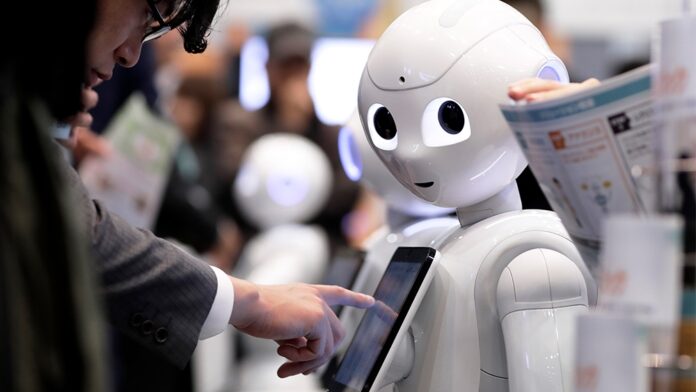The term AI was coined by American scholarly John McCarthy in 1956. He recommended that the objective of AI was to make a machine that was fit for an autonomous idea’. Subsequently, he felt, regulated learning would offer an approach to self-managed learning – not showing a machine what a ‘feline’ looks like yet to give it a blended bundle of felines, canines, and different creatures.
Indeed, even the most developed Artificial knowledge (AI) frameworks have no genuine comprehension of what they are truly doing. The principal independent vehicles had deadly mishaps when their human drivers were not focusing as they were modified to manage just a bunch of vehicles with pre-decided speeds and couldn’t adapt up to the multifaceted nature of consistent collaborations with human drivers they confronted (and if they had tried in India, they would have gone insane with the vehicles coming head-first, or even on some unacceptable roadside!).
Throughout the long term, AI has become so universal that we don’t think we are utilizing it. Web Searches, Google Translate, Voice Assistants like Alexa and Siri, extortion cautions from Mastercard organizations, Amazon proposals, Spotify playlists, traffic bearings, climate figures are completely underestimated. Likewise, GPT-3 by Open AI, utilizes move calculation by headway in common language preparing, which means it has been besieged with billions of sentences and section structures, as opposed to being shown things and modifiers.
GPT-3 has learned by breaking down these – the qualification between prologue to and finish of passages, and other many-sided subtleties; with the end goal that it would now be able to regurgitate long messages exceptionally much the same as how people compose (perhaps like Shakespeare), or make music or even do coding.
The huge models like GPT-3 have just 175 billion! That is a huge number of times more modest than the mind. Cerebrum organoids, which are clusters of undifferentiated cells made to develop into neurons, create associations. Some of them have electrical action and are being utilized by labs worldwide to get to the beginning of ‘cognizance’.
The standard translation of the test includes an ‘impersonation game’ played between three players (counting a PC) sitting in three unique rooms and unconscious of the characters of one another, playing a speculating game through basic correspondence wherein lies the test for the machine to disguise impeccably as a human, or decisively recreate the intuition cycle to a degree that the rivals are tricked into trusting it is human.

